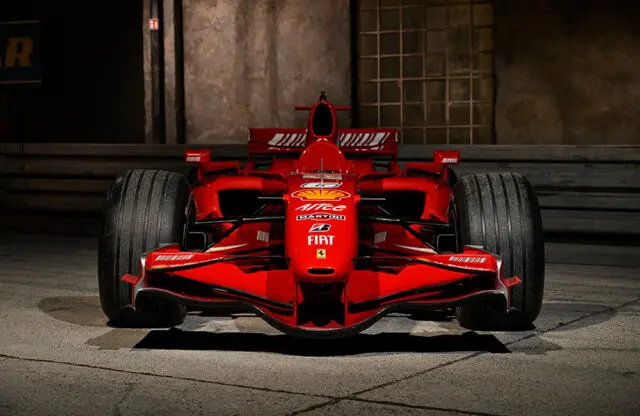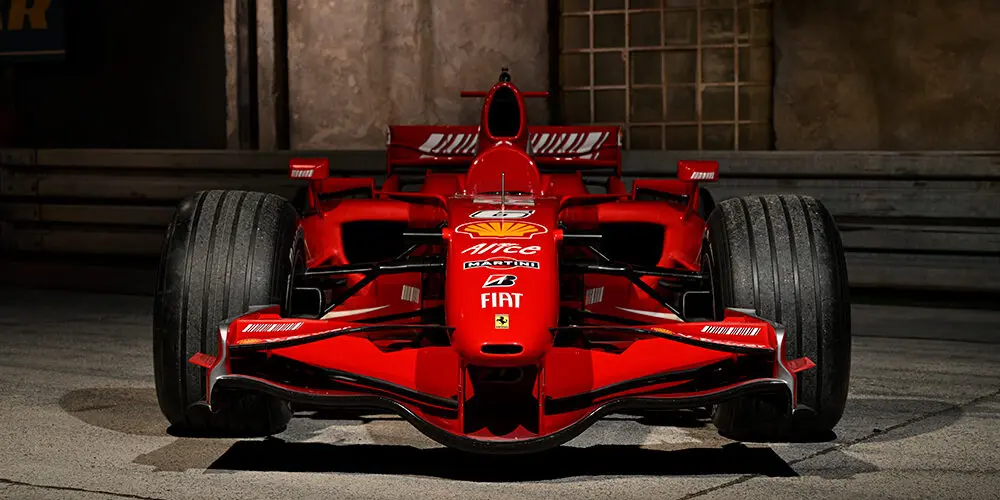Auto e Moto d’Epoca 2025 looks set to build on huge prior events with even more cars, bikes and everything in between when it takes place at BolognaFiere on October 23-26. It’s one of Magneto magazine’s favourite indoor shows – well, we say ‘indoor’ show, but it often spills out into the surrounding thoroughfares.
Around every corner you’ll find something previously seen only in grainy internet pictures or old magazines. Being an Italian show, the country’s cars are celebrated – from Autobianchi to Alfa Romeo, from Fiat to Ferrari, and all sorts of marques and carrozzeria. However, marques from all countries are celebrated, and there are vast numbers of cars available to buy. It’s a taxing time for the wallet, but there’s plenty to see if the purse-strings are tight.
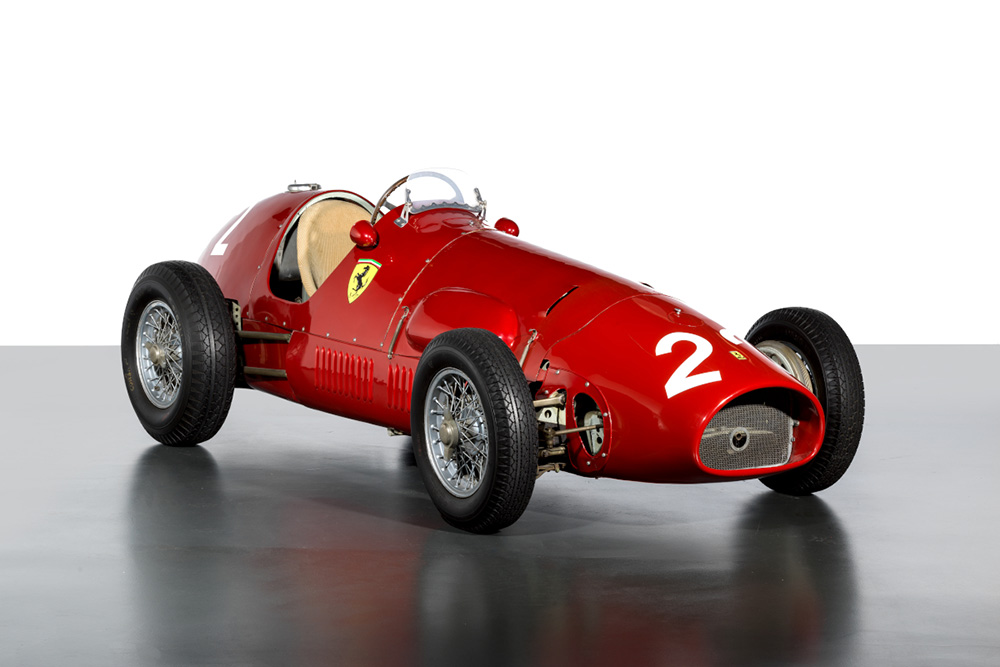
There are 14 halls containing four themed areas, but the star of Auto e Moto d’Epoca 2025 is likely to be the 75:1-75 Years, One Seat display celebrating 75 years of Formula 1. Highlights include the Ferrari 500 F2 of 1952 and driven by Alberto Ascari; it secured the World Championship in both 1952 and 1953. The example on display was donated by Enzo Ferrari to the MAUTO museum in Turin. The 1954 Mercedes-Benz W 196R made its debut with victory in the French Grand Prix and carried Juan Manuel Fangio to world titles in 1954 and 1955; just 15 examples were built, and the car on display was donated by Daimler-Benz to the MAUTO in 1957.
You’ll also be able to see the 1963 Ferrari 156 F1, while from the Nationales Automuseum Loh Collection in Germany comes the Ferrari F2007 driven by Kimi Räikkönen. This was the last Ferrari to win a Drivers’ Championship. The car displayed will be chassis number 262, the one used in the decisive race in Brazil. Alongside these will be machinery driven by Phil Hill, Riccardo Patrese, Clay Regazzoni, Gilles Villeneuve and others.

Other Auto e Moto d’Epoca 2025 highlights from the Loh Collection include a pre-production Mercedes-Benz CLK GTR and a BMW M1 driven by Niki Lauda, who secured the inaugural Procar Championship with it in 1979. In 1980 it was raced by Hans-Joachim Stuck, who won at Monaco and finished third overall. The car later ran with Steve O’Rourke’s EMKA Racing and contested the Le Mans 24 Hours with Pink Floyd drummer Nick Mason among its drivers.
Concours organisers, museums and brands from across Emilia-Romagna’s Motor Valley will also be in attendance, including Dallara, Pagani, the Ferrari Museums, the Lamborghini Historical Hub, Maserati, the Ferruccio Lamborghini Museum, Canossa Events, Concours d’Élégance Trofeo Salvarola Terme, Misano World Circuit, Modena Autodrome and Imola Enzo e Dino Ferrari Autodromo.

Honda Motor Europe Ltd Italia has chosen Auto e Moto d’Epoca 2025 to celebrate its racing heritage with Honda Classic, a special exhibition featuring 38 motorcycles. The section Two Strokes Made in Atessa features historic models produced at Honda’s factory in Abruzzo, and culminates with the NS 125 R Adriatico, the first motorcycle made in Italy and exported to Japan.
The Grand Prix Motorcycles section ranges from Lucio Cecchinello’s RS 125 GP to Johann Zarco’s modern RC213V. It also includes the NSR 250 and 500 machines raced by Max Biaggi and Wayne Gardner, and the RC211V on which Nicky Hayden won the 2006 World Championship.
Meanwhile, the Off Road Area is dedicated to motocross legends such as the Elsinore CR250M and more recent models such as the CR125, CR250 and the CR500, which defined key periods in the Motocross World Championship. The Production Models section pays tribute to bikes such as the innovative CB750 Four, the VFR750R (RC30) which secured riders’ and manufacturers’ titles in the emerging Superbike World Championship, and the NR750 with its distinctive oval pistons.
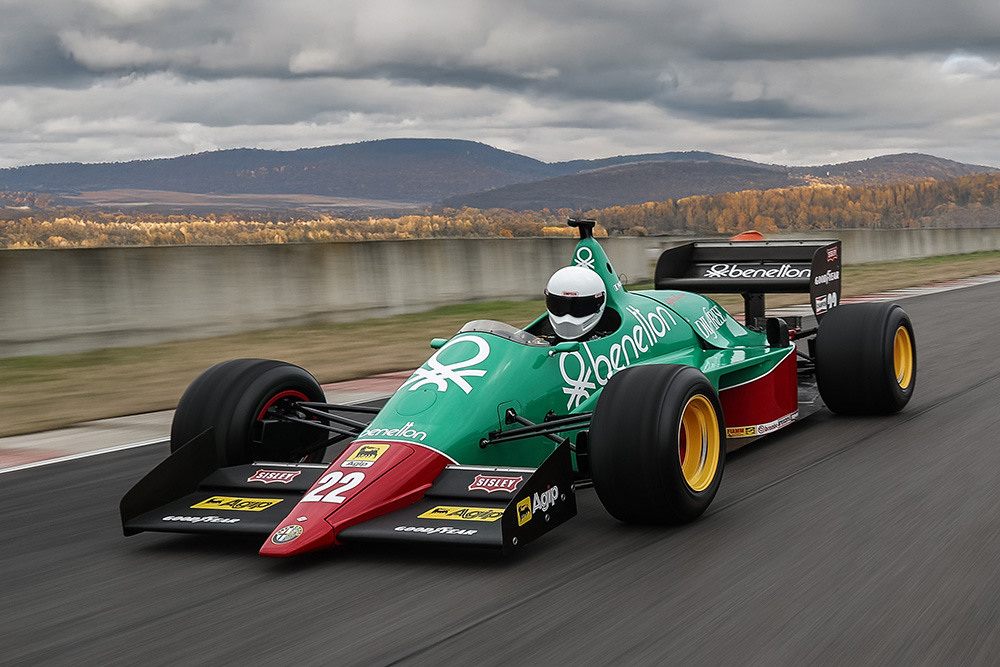
The Automotoclub Storico Italiano returns to Auto e Moto d’Epoca with more than 20 clubs from across Italy and a centrepiece exhibit, the Barsanti-Matteucci engine of 1853. This was the first internal-combustion engine in history, which was designed and built in Tuscany. Through research carried out by the Galileo Museum, the Accademia dei Georgofili and the Ximenian Observatory in Florence, it’s sure to be a fascinating sight. Also on display is the Alfa Romeo 184T Formula 1 car from 1984 in its distinctive Benetton livery, chassis number 3, which was driven by Eddie Cheever and Riccardo Patrese.
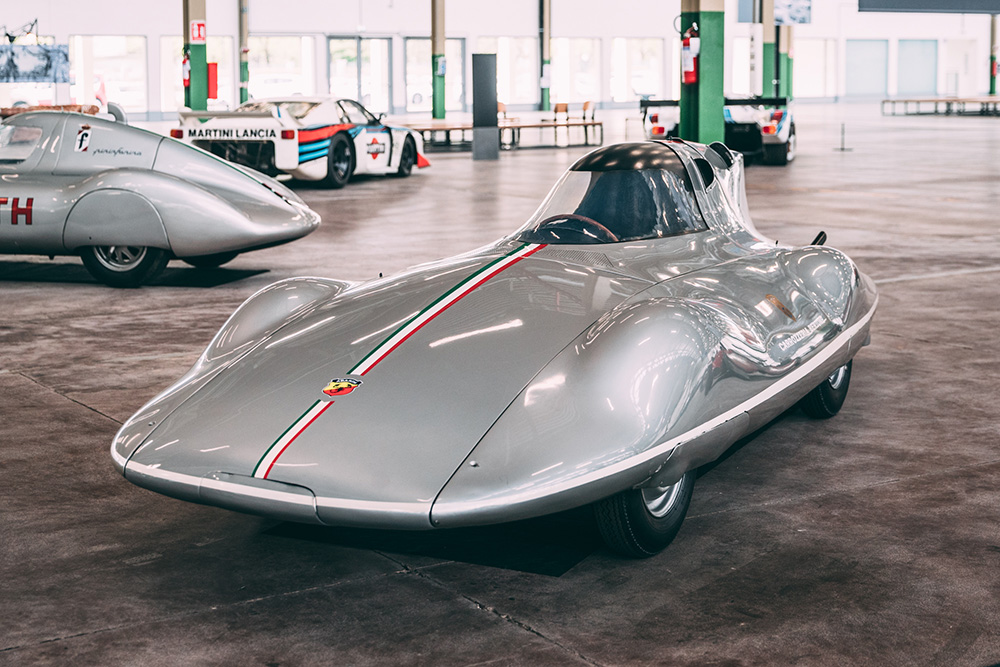
From Turin, the Stellantis Heritage Hub brings to Auto e Moto d’Epoca 2025 a selection of iconic vehicles that celebrate Italian design and engineering. Three highlights include the Fiat-Abarth 750 Record of 1956, a streamlined speed-record car with bodywork by Bertone, designed by Franco Scaglione. In June 1956 it set six Class H records at Monza. The Alfa Romeo Scarabeo 1600 was an experimental sports car with a rear-mounted engine and an innovative chassis, while the Lancia D25 of 1955 was a rare racing barchetta and a direct descendant of the celebrated D24.
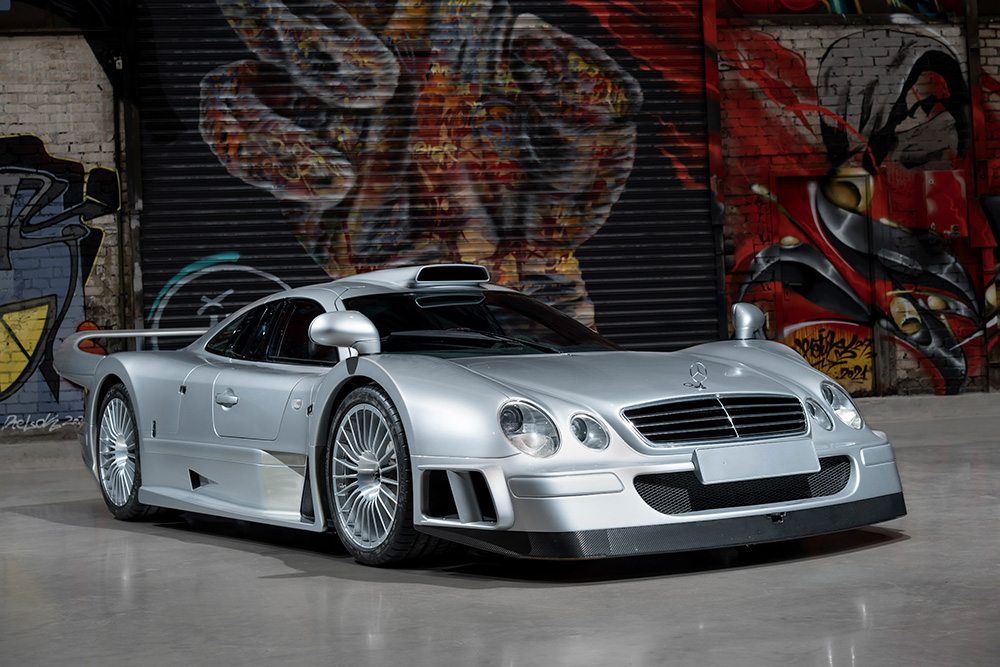
However, as repeat visitors to the show know, the unmissable parts are often the club stands and the spare parts areas. Particular highlights to look out for at Auto Moto d’Epoca 2025 include Club Renault Alpine Gordini Italy, with the Alpine A310 V6 and Renault 5 Turbo, and the Club Storico Peugeot Citroën Italia marks 70 years of the Citroën DS and 60 years of the Peugeot 204. Meanwhile, the Lancia Club commemorates the 30th anniversary of the Y Elefantino Rosso, and the Jaguar Enthusiasts’ Club celebrates 50 years of the Jaguar XJS.
The Registro Fiat Italiano honours Italy’s racing tradition with five historic single-seaters including the Cisitalia D-46 of 1946, the Formula Junior Stanguellini Delfino, the Formula Italia of 1970 and the Formula Abarth of 1980. Then there’s the spare parts and automobilia section, which is spread over two halls. You can expect to discover anything and everything in here – on our last visit, we found Maserati styling bucks of the 1990s hinting at the 3200-nosed Quattroporte IV or V, Ferrari F40 headlight assemblies, a Lancia 037 engine and a Lancia Delta S4 spaceframe. What will this year’s show throw up?
More details on Auto e Moto d’Epoca 2025 can be found here.
